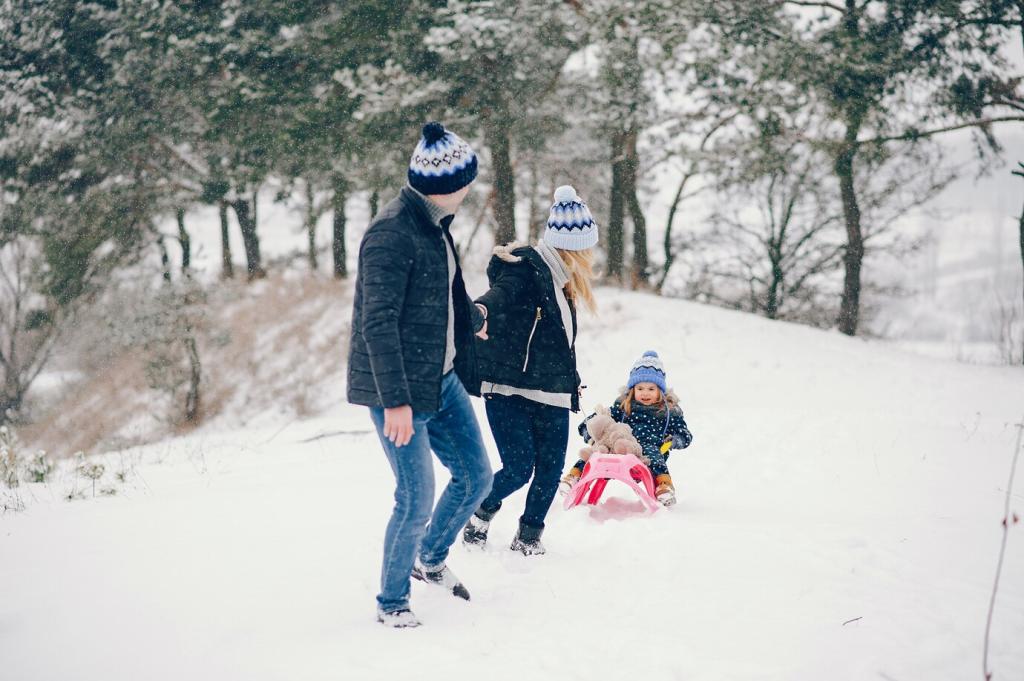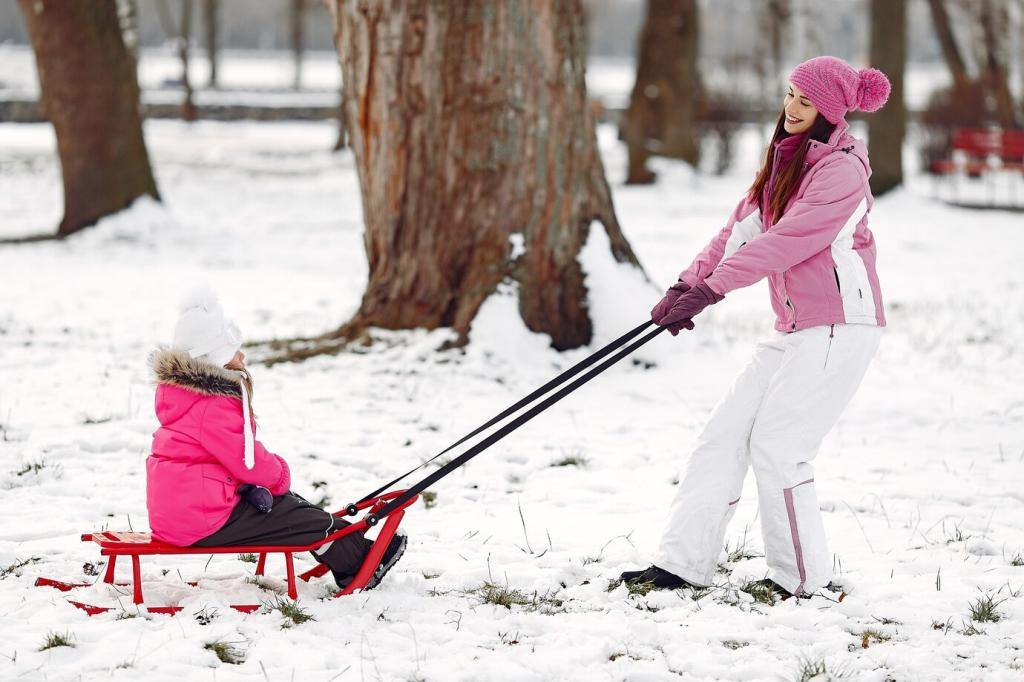Snowmobile Safety Tips: Ride Smart, Ride Free
Pre-Ride Readiness: Inspect Before You Ignite
The Quick Systems Scan
Start with throttle and brake feel, then verify lights, kill switch, and tether. Check track tension, skis, carbides, and suspension bolts. Spin the clutches, look for belt glazing, and confirm nothing binds. A quiet minute in the garage prevents a long night on the trail.
Fuel, Fluids, and Spares
Top off fuel and two-stroke oil or verify four-stroke levels. Inspect coolant and look for leaks. Pack a spare belt, plugs, basic tools, a tow strap, and zip ties. Keep a compact headlamp handy; repairs are easier when you can actually see what failed.
Anecdote: The Stuck-Throttle Save
One veteran rider halted our group after sensing a sticky thumb return during warm-up. His quick test revealed a frayed throttle cable about to seize. Ten minutes and a spare later, the near miss became a lesson we still repeat before every ride.
Armor and Warmth: Dressing for Survival
Helmet, Eye Protection, and Air Options
Wear a DOT or ECE-rated helmet with a properly sealed visor or goggles to prevent fog. Consider breath boxes and heated shields. Mountain riders add avalanche airbag packs, but only alongside beacon, shovel, and probe, and the practice to use them well.
Layering That Breathes and Blocks
Use moisture-wicking base layers, insulating mid-layers, and a windproof, waterproof shell. Cotton traps damp and chills fast—skip it. Vent when climbing, seal up when descending. Comfort improves focus, and focus keeps you reading terrain instead of fighting shivers.
Warm Extremities, Clear Controls
Choose gloves that balance insulation with feel for brakes and throttle. Pair heated grips with thin liners on bitter days. Wear tall, waterproof boots with good traction and warm socks that dry quickly. Cold fingers fumble; warm hands make safer decisions.
Plan Your Path: Weather, Maps, and Boundaries
Read the Weather Like a Guide
Check official forecasts, wind speeds, and windchill. A sunny start can fade into whiteout after a front shifts. Note temperature gradients that affect ice and snowpack stability. If visibility or gusts climb past your comfort, postpone and live to ride a bluer day.
Map Mastery and Offline Navigation
Carry a paper map inside a dry bag, mark fuel stops, and highlight safe turnarounds. Preload offline GPS maps and waypoints. Keep a spare battery pack. Technology fails when it is wet, cold, or dropped; redundancy is the quiet hero of smart travel.
Tell Someone and Set Checkpoints
Share your route, riders, and return time with a trusted contact. Plan radio check-ins or text windows where coverage exists. Agree on decision points for turning back. Post your plan in the group chat and invite others to review it for blind spots.
Ice, Snowpack, and Avalanche Sense

Conservative Ice Decisions
Clear, new ice is stronger than snow-covered or slushy ice. Thickness varies near inlets, outlets, and pressure ridges. Local guidance and recent reports matter most. When uncertain, reroute to shore trails or bridges. No fish, shortcut, or photo is worth plunging through.

Reading the Snowpack
Listen for hollow “whumpf” sounds, watch for shooting cracks, and test small slopes before committing to big ones. Slab formation, recent storms, and wind loading on leeward sides raise risk. Slopes around thirty degrees demand heightened caution and disciplined spacing.

Carry and Practice the Right Tools
Beacon, shovel, and probe are non-negotiable in avalanche terrain. Practice signal search, coarse search, and probing drills until they are automatic. Pack a small saw, space blanket, and repair kit. Skills you have rehearsed are the only ones available under stress.


Ride Techniques That Keep You Upright
Ride so you can stop within the space you can see. Powder hides stumps, groomed corners hide oncoming sleds. Ease off near trail crests and blind bends. Speed feels thrilling until it shortens your options; safety expands the fun all day long.
Ride Techniques That Keep You Upright
Look through the turn, keep your elbows up, and slide your weight to the inside. Apply steady throttle to maintain track bite. Enter slower than you think, exit earlier than you expect. Rehearse on easy trails and share your progress with the community.
Review hand signals before launch, confirm channel and privacy codes, and pace the group to the least-experienced rider. Keep generous intervals to avoid snow dust and give reaction time. Appoint a lead and a sweep so no one drifts off the back unnoticed.
